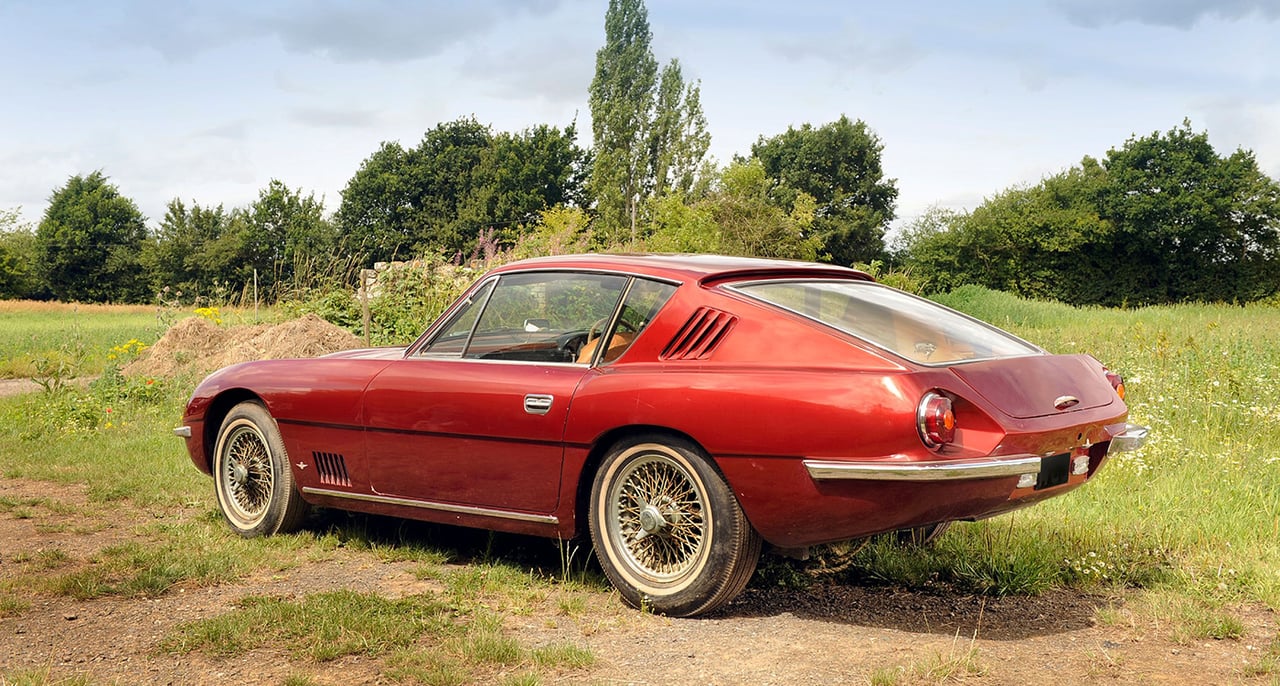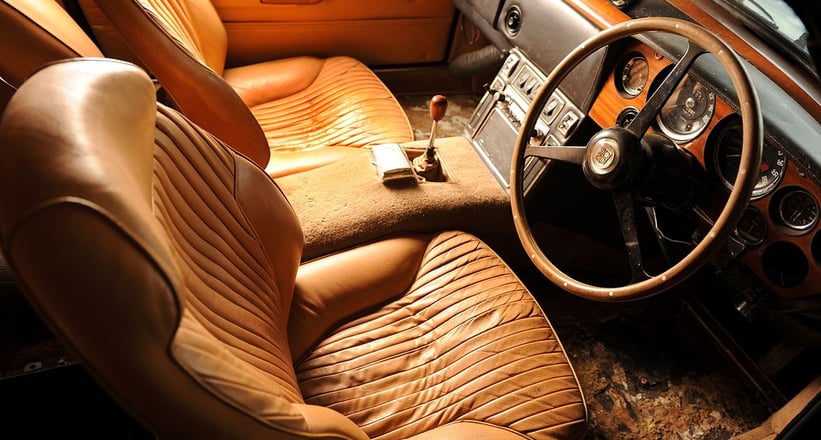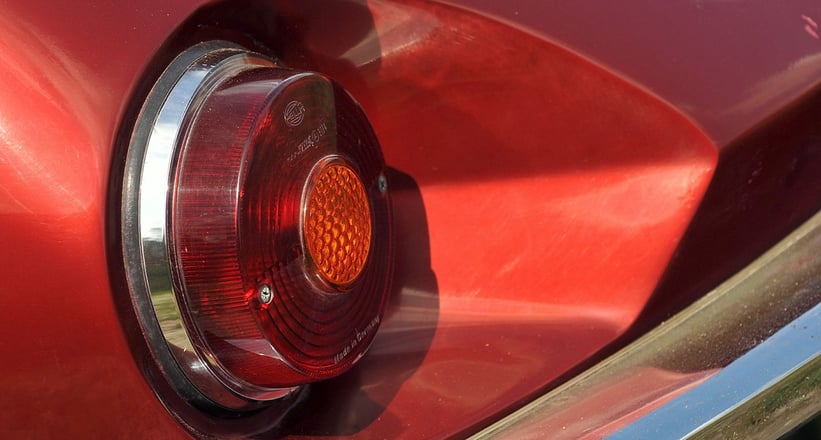After a bountiful early start to Aston Martin and Carrozzeria Touring’s relationship, cracks were beginning to appear. The coachbuilder’s proposal for the DB5 replacement was rejected in favour of an in-house reworking, the same fate that befell its pitch for what became the four-seat DBS. But with David Brown wanting a two-seat sports car to partner William Towns’s gentleman’s express – both of which were to house the new V8 engine when it finally arrived – Touring once again got the nod, perhaps out of sympathy for its on-going plight of receivership.
A ground-up redesign for a new era



Using a pair of shortened and significantly modified DB6 chassis, Touring built two prototypes with all-new bodywork for the 1966 Paris, London and Turin Motor Shows. In retrospect, their design wasn’t quite as elegant as the ones that had made it to production in recent years, yet it was other factors that ultimately ensured the pair remained a two-off. Problems with engineering feasibility – compounded by refocused priorities in Newport Pagnell as the result of an economic downturn – spelled the end for both Touring’s DBS and, indirectly, the struggling coachbuilder.
Well, that’s not strictly true, of course. The DBS name lived on into the 1970s and beyond, as the Touring prototypes had familiarised the public with the change in nomenclature (they were later re-designated DBSCs to avoid confusion). William Towns’s car might otherwise have been designated a DB7. The Carrozzeria Touring name was also revived recently, too – so all’s well that ends well.
Photos: Bonhams















